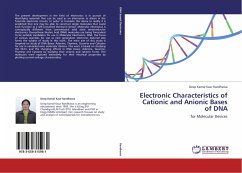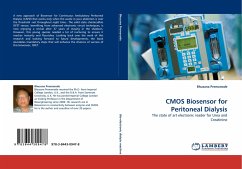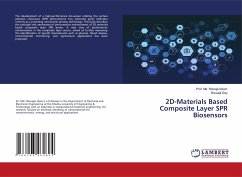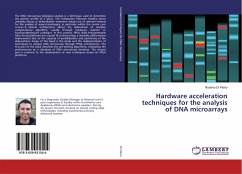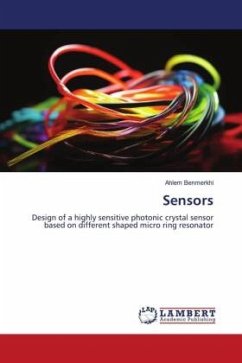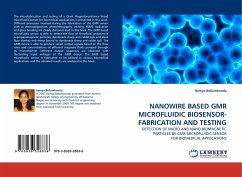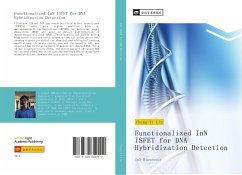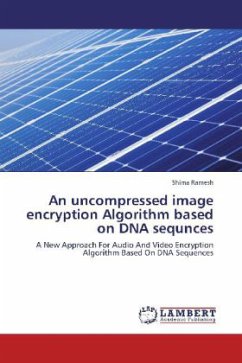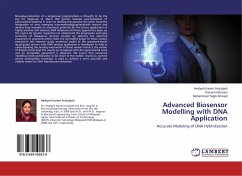
Advanced Biosensor Modelling with DNA Application
Accurate Modeling of DNA Hybridization
Versandkostenfrei!
Versandfertig in 6-10 Tagen
36,99 €
inkl. MwSt.

PAYBACK Punkte
18 °P sammeln!
Nowadays,detection of a single-base polymorphism is thought to be the key for diagnosis of about 400 genetic diseases and,realization of personalized medicine in order to develop therapeutics.The other hand,the integration of new emerging nanomaterials(graphene)with sensors and devices have revealed an enormous potential for the future application of highly sensitive and selective DNA biosensors.All these approaches open up the routes for genetic researchers to understand the progression and early screening of diseases,or forensic analysis by tailoring the electrical properties of graphene,whi...
Nowadays,detection of a single-base polymorphism is thought to be the key for diagnosis of about 400 genetic diseases and,realization of personalized medicine in order to develop therapeutics.The other hand,the integration of new emerging nanomaterials(graphene)with sensors and devices have revealed an enormous potential for the future application of highly sensitive and selective DNA biosensors.All these approaches open up the routes for genetic researchers to understand the progression and early screening of diseases,or forensic analysis by tailoring the electrical properties of graphene,which make the controlled design of these sensors essential.In this research study, numerical model of the graphene-based liquid-gated sensors with DNA sensing application is developed to help in understanding the sensing mechanism of these sensors which is the matter of dispute these days.The results are compared with the experimental work and an acceptable agreement is observed. We found thatnumerical modeling needs optimization to be closer to the realistic results.So, particle swarm optimization technique is used to achieve a more accurate and reliable model for DNA hybridization detection.



